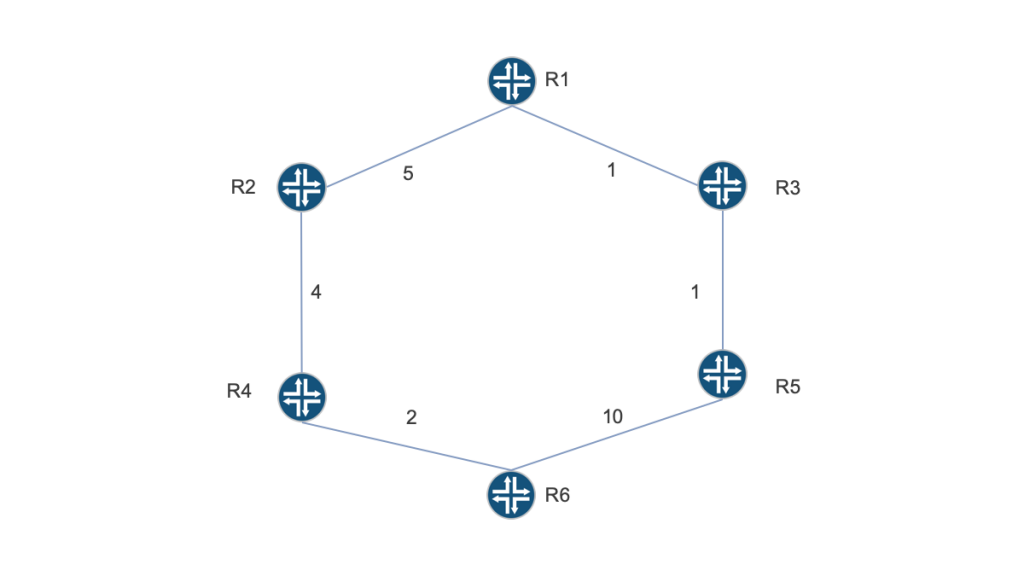In the realm of networking, fast reroute technologies play a pivotal role in ensuring the rapid recovery from network failures, minimizing downtime, and maintaining seamless data flow. Among these technologies, Loop-Free Alternate (LFA) and Remote LFA (RLFA) stand out as two commonly employed techniques for expediting path restoration in the event of link or router failures. This comprehensive guide delves into the intricacies of LFA and RLFA, elucidating their key distinctions, operational mechanisms, and applications.
Understanding Loop-Free Alternate (LFA)
LFA, an acronym for Loop-Free Alternate, represents a fundamental fast reroute mechanism designed to swiftly redirect traffic away from failed network segments, preventing loops and ensuring uninterrupted data flow. This process involves identifying a backup next-hop router, known as the LFA node, that can receive traffic from the source router and forward it to the destination without traversing the failed link.

Operation of LFA:
Failure Detection: A network node detects a link or router failure, triggering the LFA process.
LFA Node Identification: The source router identifies an LFA node, a backup next-hop router, using specific LFA algorithms.
Traffic Redirection: The source router redirects traffic to the LFA node, bypassing the failed link.
Traffic Forwarding: The LFA node forwards the redirected traffic towards the destination, ensuring uninterrupted data flow.
Benefits of LFA:
Fast path recovery: Minimizes downtime by rapidly rerouting traffic around failures.
Loop prevention: Prevents loops that can disrupt network stability and cause congestion.
Simplified configuration: Relatively straightforward configuration compared to other fast reroute techniques.
Remote LFA: Extending LFA’s Reach
Remote LFA (RLFA) serves as an enhancement to LFA, expanding its coverage and effectiveness in complex network topologies. RLFA extends the LFA computation scope beyond neighboring routers, enabling the utilization of more distant LFA nodes, termed PQ nodes.

Operation of RLFA:
Failure Detection: A network node detects a link or router failure, initiating the RLFA process.
PQ Node Identification: The source router identifies a PQ node, a remote LFA node, capable of forwarding traffic to the destination without traversing the failed link.
Traffic Tunneling: The source router establishes a tunnel to the PQ node, encapsulating traffic and sending it securely.
Traffic Forwarding: The PQ node receives the encapsulated traffic, decapsulates it, and forwards it towards the destination, ensuring uninterrupted data flow.
Benefits of RLFA:
Extended LFA coverage: Enhances LFA’s effectiveness in complex network topologies.
Improved consistency: Provides more consistent LFA selection compared to traditional LFA.
Compatibility with RSVP: Can operate alongside RSVP, a widely used routing protocol.
LFA vs. RLFA: A Comparative Glance
| Feature | LFA | RLFA |
|---|---|---|
| Scope of LFA nodes | Neighboring routers | Remote routers (PQ nodes) |
| LFA node selection | Local | Extended |
| Tunnel encapsulation | No | Yes |
| Protocol compatibility | Limited | RSVP and MPLS |
| Complexity | Relatively simple | More complex |
Conclusion: Navigating the Fast Reroute Landscape
LFA and RLFA represent essential tools in the network engineer’s arsenal, enabling swift recovery from network failures and maintaining data flow integrity. Understanding their distinct characteristics and operational mechanisms empowers network administrators to make informed decisions when selecting and implementing fast reroute technologies, ensuring optimal network performance and resilience.
In conclusion, both LFA and RLFA play crucial roles in fast reroute strategies, providing different levels of coverage and complexity. LFA offers a straightforward and effective solution for simpler network topologies, while RLFA extends LFA’s reach and enhances its consistency in complex networks. By comprehending the nuances of these two techniques, network professionals can tailor their fast reroute strategies to specific network requirements, ensuring seamless data flow and minimizing downtime in the face of network disruptions.